Madonna with Child (atelier of Giovanni Battista Discepoli called the Zoppo from Lugano)
Madonna with Child (atelier of Giovanni Battista Discepoli called the Zoppo from Lugano)
A vibrant colourism with expressive effects of notable suggestion perfectly in line with the new baroque sensibility officially established in Lombardy starting from the ascension to the archiepiscopal chair of Federico Borromeo, which took place in 1595 : this constituted the manifesto of Lombard painting for a good part of the seventeenth century.
In this fertile climate of Counter-Reformation dictates and figurative choices, which marks the opening of an extraordinary figurative season in Lombardy, one of the most original protagonists of Baroque painting in Lombardy finds himself working: Giovan Battista Discepoli known as Zoppo da Lugano ( 1590-1654).
The cultural context and climate in which Discepoli carried out his activity as a painter was one that gravitated around prominent names such as Francesco Cairo, Carlo Francesco Nuvolone, Johann Cristoph Storer, who testify to the original reception by local artists of the pictorial styles of Rubens and Van Dyck, all modulated and interspersed with Roman and Genoese influences.
As for the Roman influences, it is essential to remember in passing that Federico Borromeo was a man of profound culture and a refined collector, animated since his Roman years (1592-1595) by a taste for original eclecticism which we find in the varied and complex figurative panorama just described.
Our “Madonna with Child” is a valuable testimony to this artistic climate, marked (like the rest of Discepoli's pictorial production) by the preferential option in favour of a marked realism , a powerful colourism (in which it is possible to discern, going back in time, a tribute to the origins of Flemish painting, which survives, if nothing else, as a suggestion of memory) and chiaroscuro.
The comparison with other works by him, such as the youthful Annunciation in the church of Sant'Ambrogio in Lugano , three surprising paintings with a Franciscan subject in the church of San Vittore al Corpo in Milan (1646), canvases of San Gottardo di Corbetta as well as the valuable Adoration of the Magi in the Sforza Castle in Milan (1651-1652), contributes to linking the work in question to Discepoli's atelier.
What also contributes to making our painting particularly attractive to the antiques market is the fact that Discepoli's works have always , right from the start, been the object of particular interest on the part of collectors , a fact which has been shed light on and drawn the appropriate documentary attention by the exhibition entitled “Giovan Battista Discepoli called lo Zoppo from Lugano: a protagonist of Lombard Baroque painting” (14 September-25 November 2001, Rancate, Switzerland, Pinacoteca comunale Giovanni Züst).
The exhibition has in fact allowed us to get to know paintings by Discepoli that until then had been mostly unknown, such as the luminous altarpiece of the Madonna del Carmine and Saints from the Church of San Pietro in Luino, the Madonna with Child and Saints Grato and Bernardo from San Grato di Lortallo (Novara) and the Saint John the Baptist from Cusino (Como).
A not insignificant testimony to Discepoli's success in the private collections of his time is, not least in importance, along with small -format paintings, the Sibyl, preserved in the Civic Collections of the Palazzo Sforzesco in Milan.
The fecundity and importance of Zoppo da Lugano's pictorial production allow us, in fact, to trace evidence of it in various museum sites such as the Pinacoteca di Brera, the Pinacoteca Ambrosiana, the Pinacoteca del Castello Sforzesco in Milan, the Civic Museums of Pavia, the Galleria Sabauda in Turin, the Civic Museums of Como, various churches in the Lombardy region, including those mentioned above, but also, not to be overlooked, in refined and shrewd collectors.
EPOCH Thinking about making metafield with features
EPOCH Thinking about making metafield with features
Material
Materials
Materials
dimensions - transport or notes
dimensions - transport or notes
Share

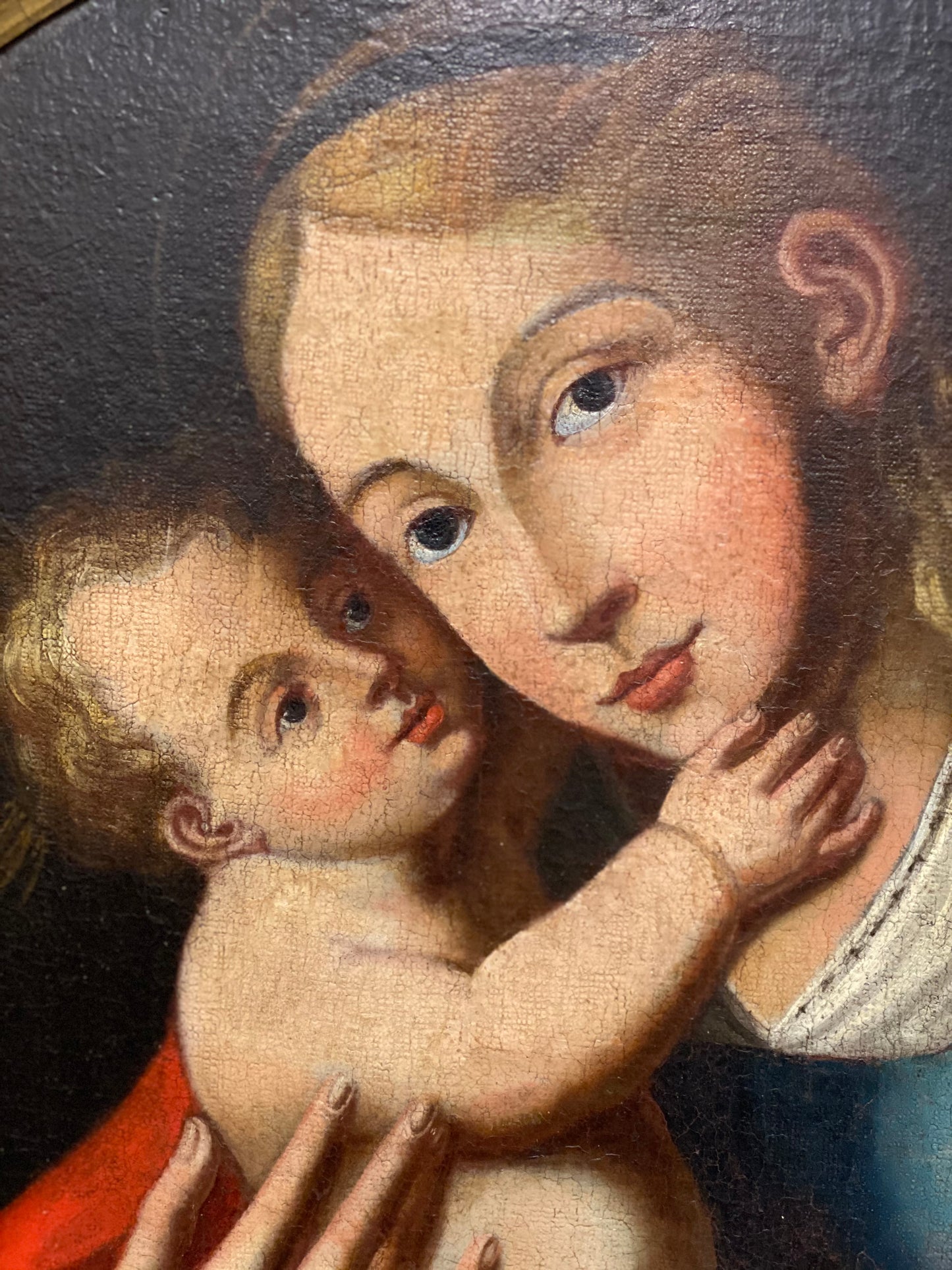
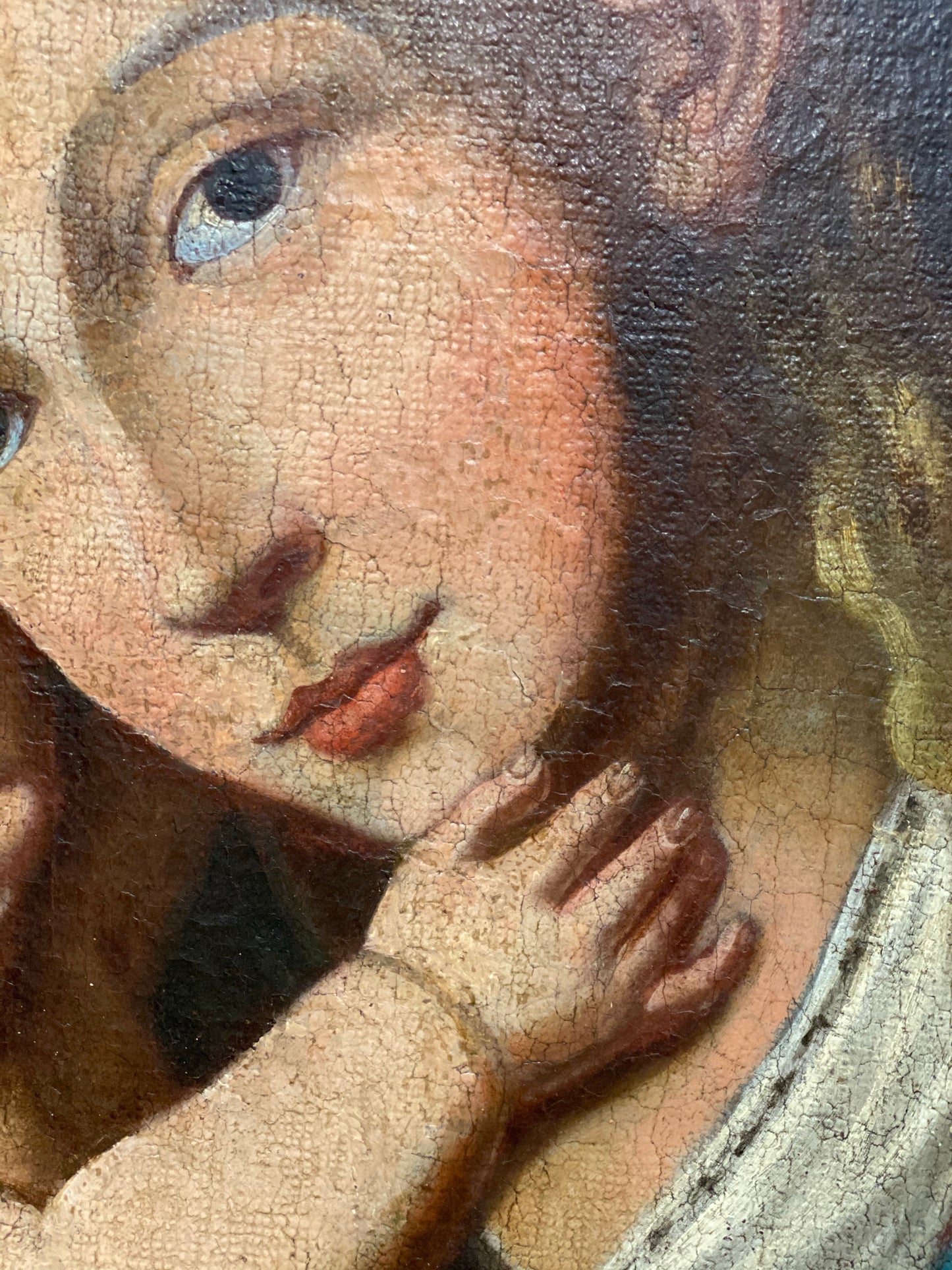
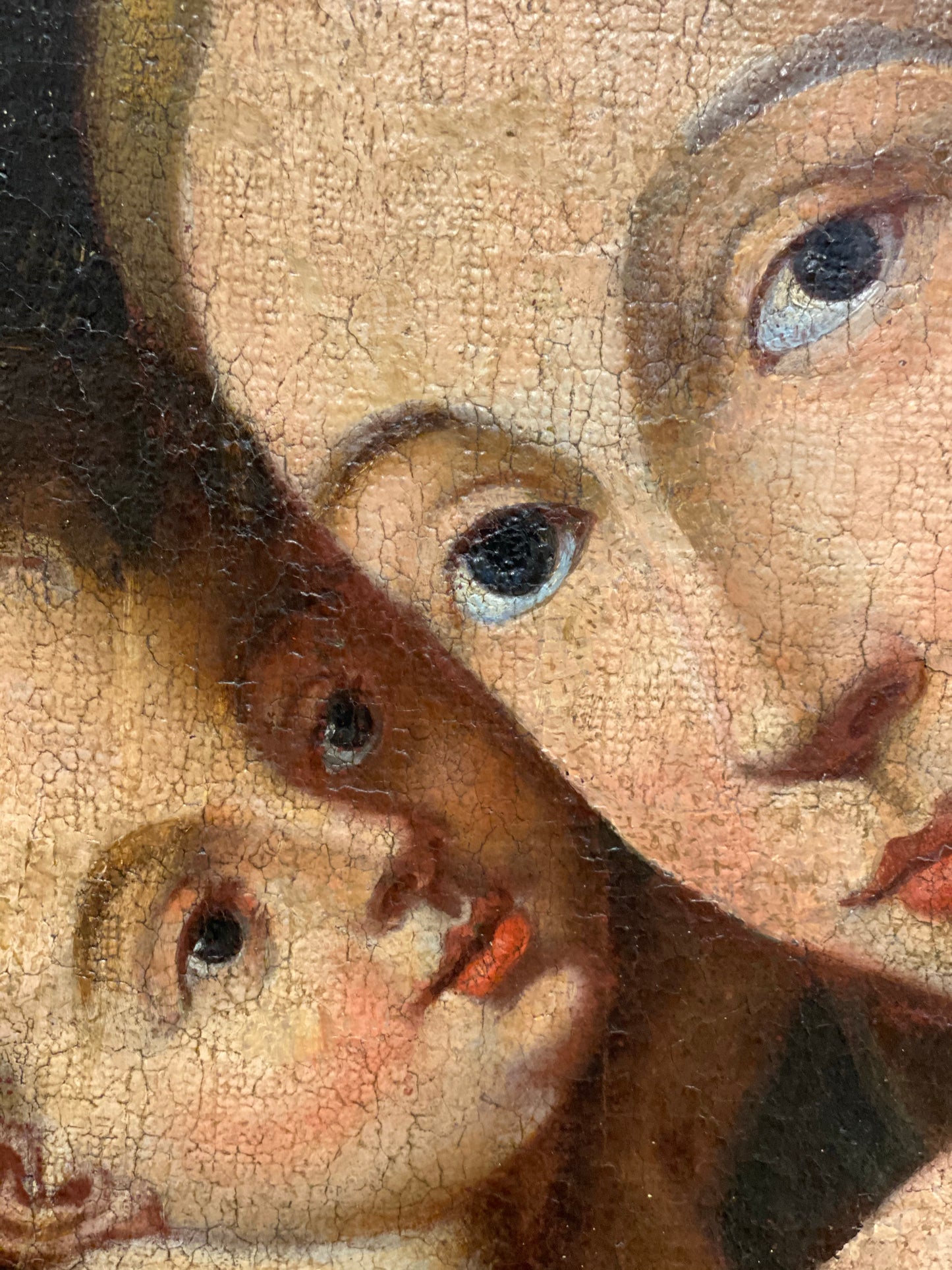
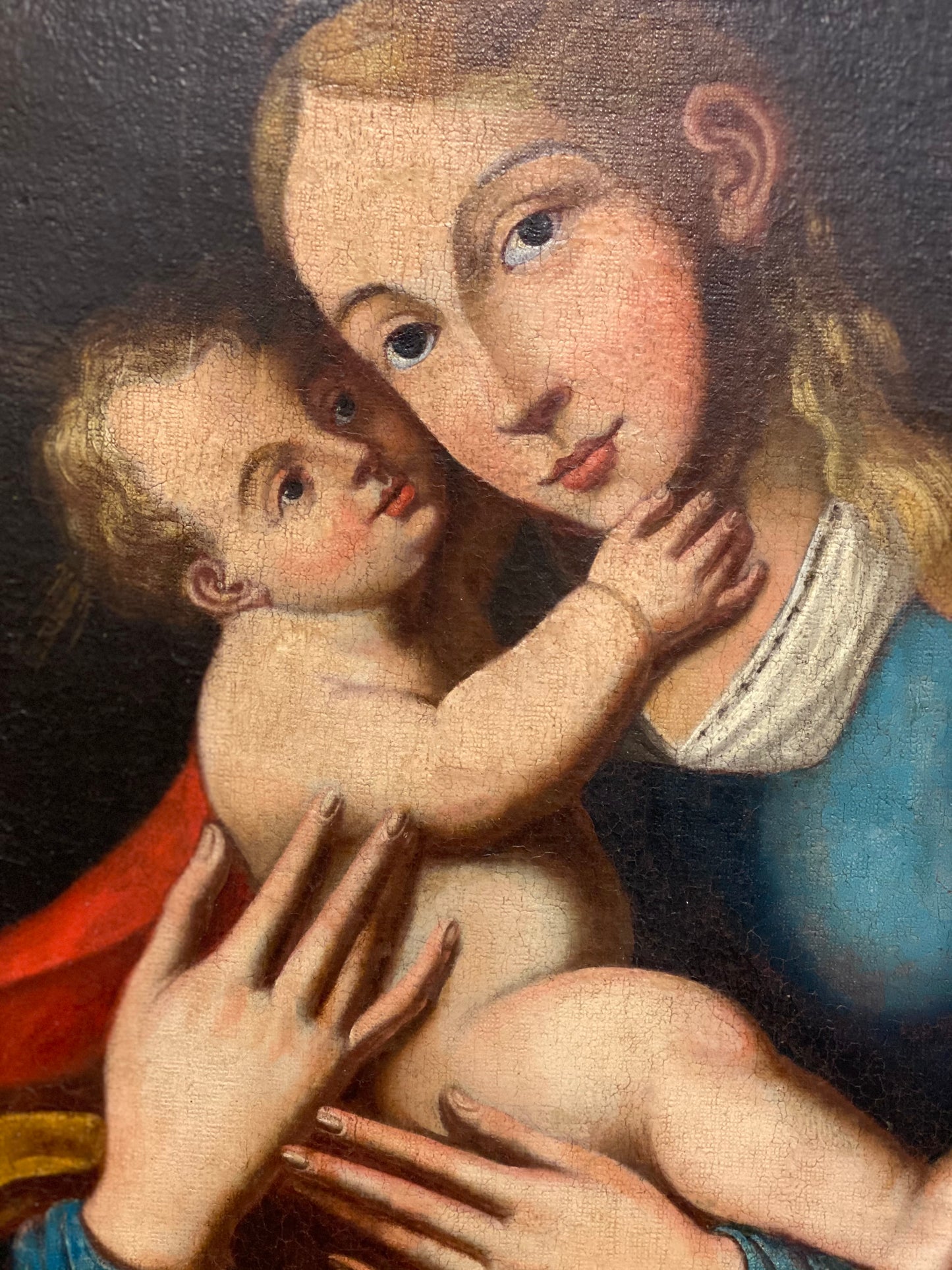
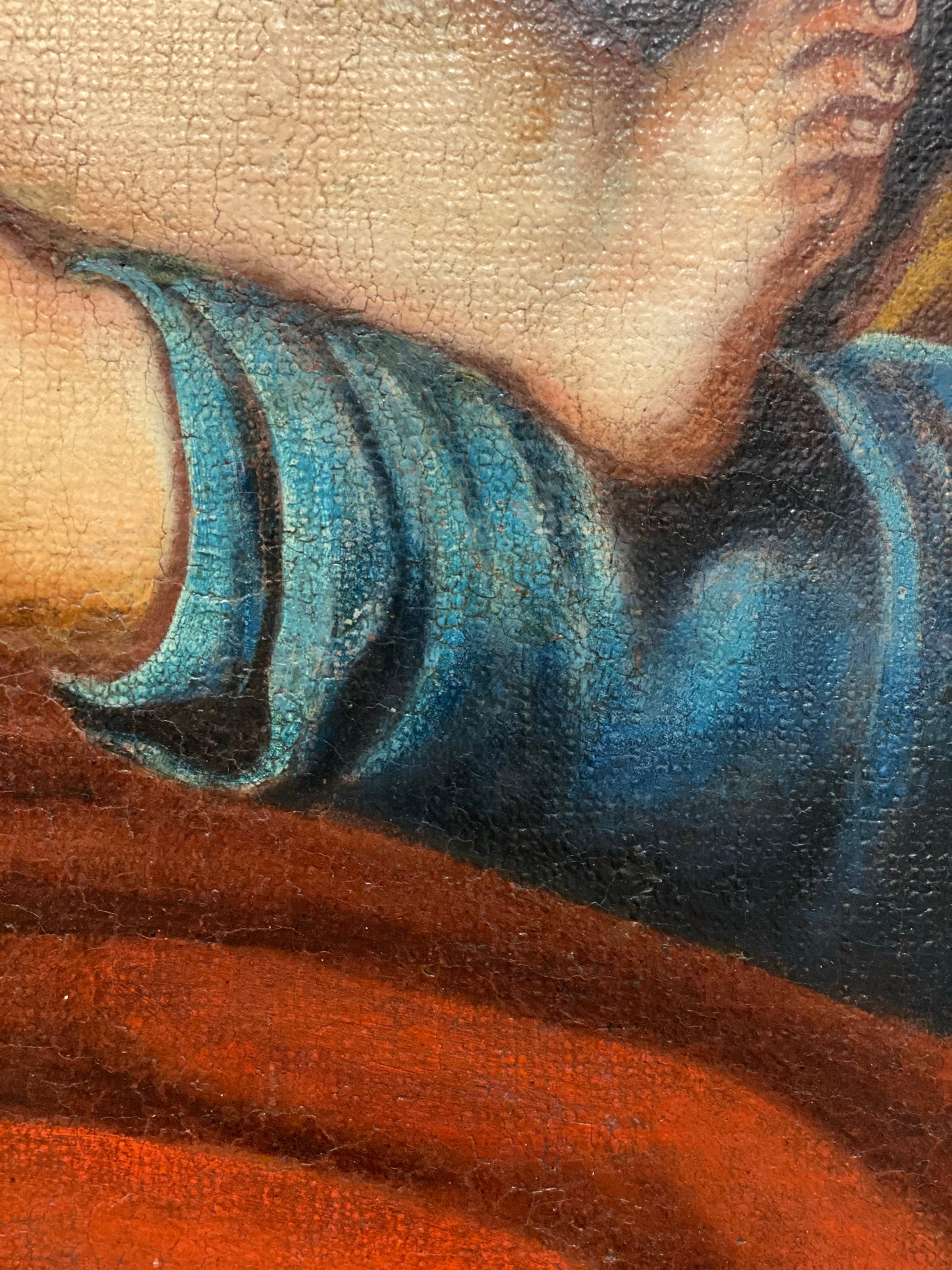
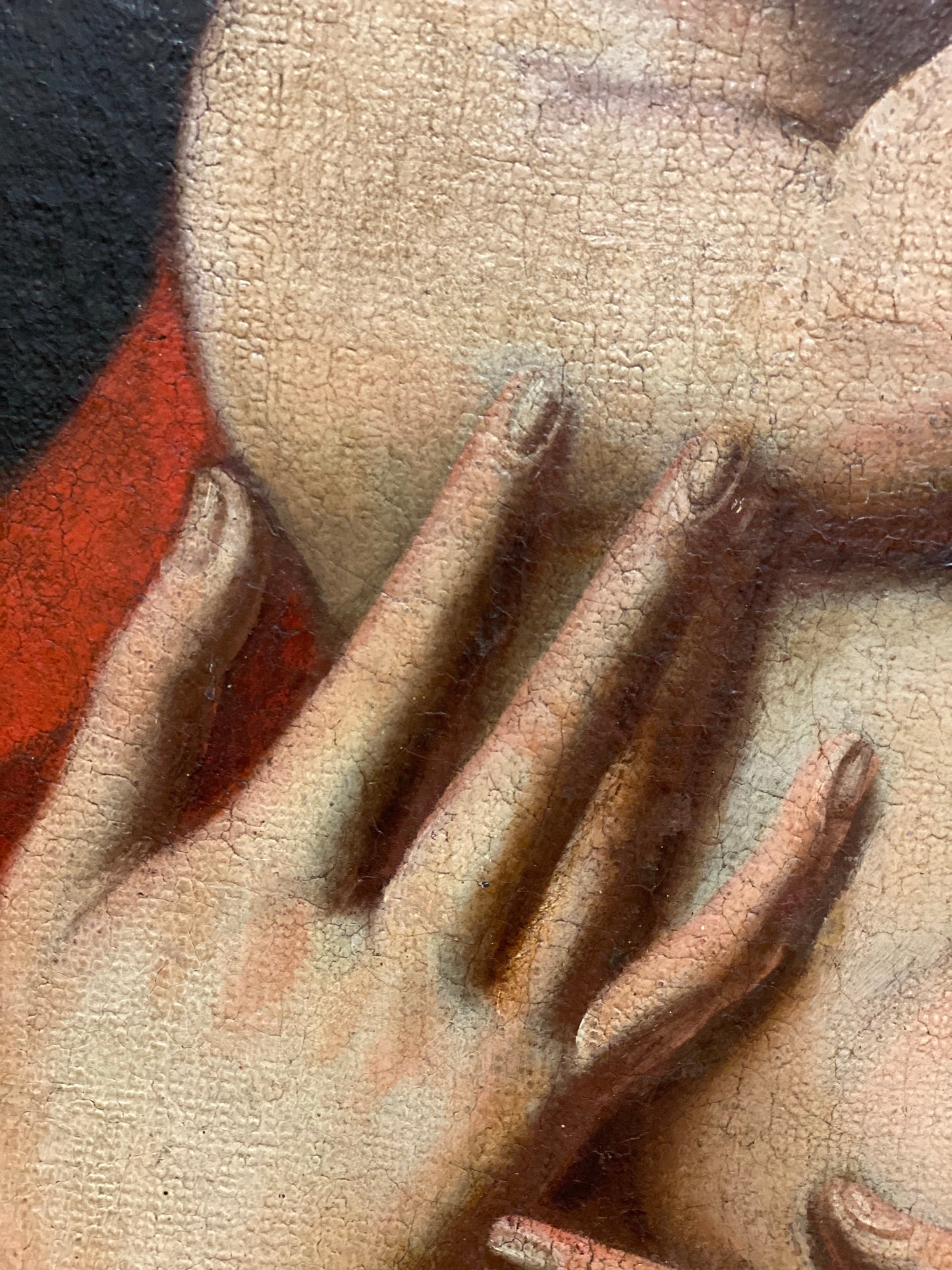
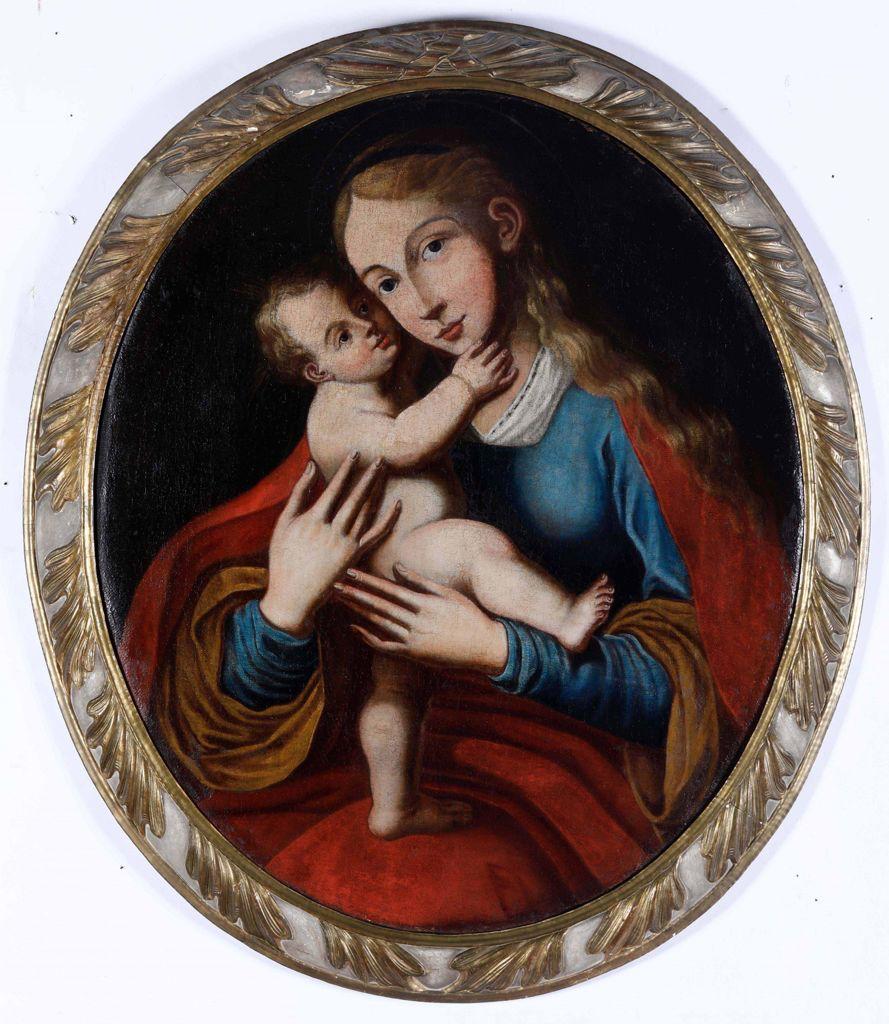
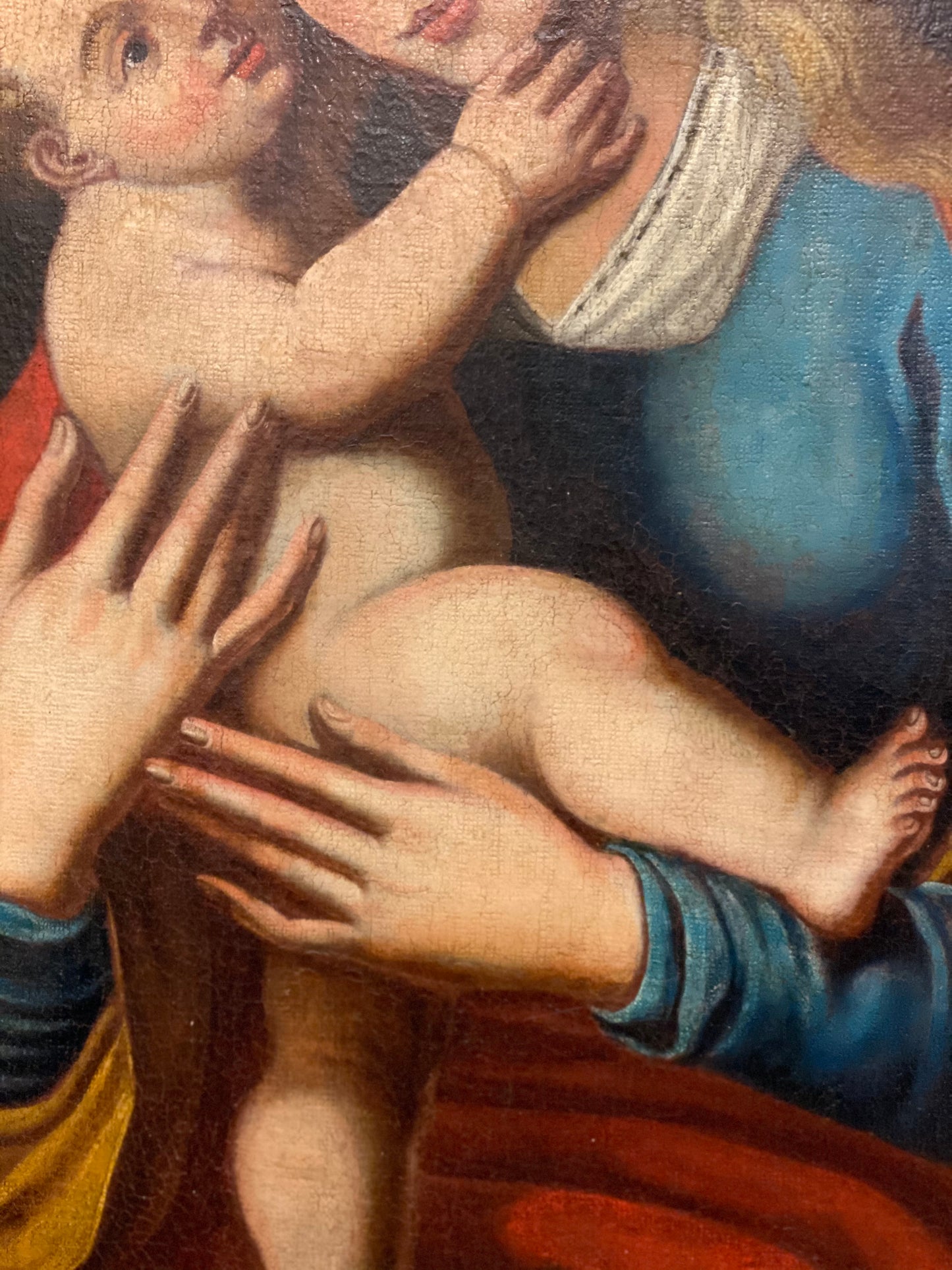
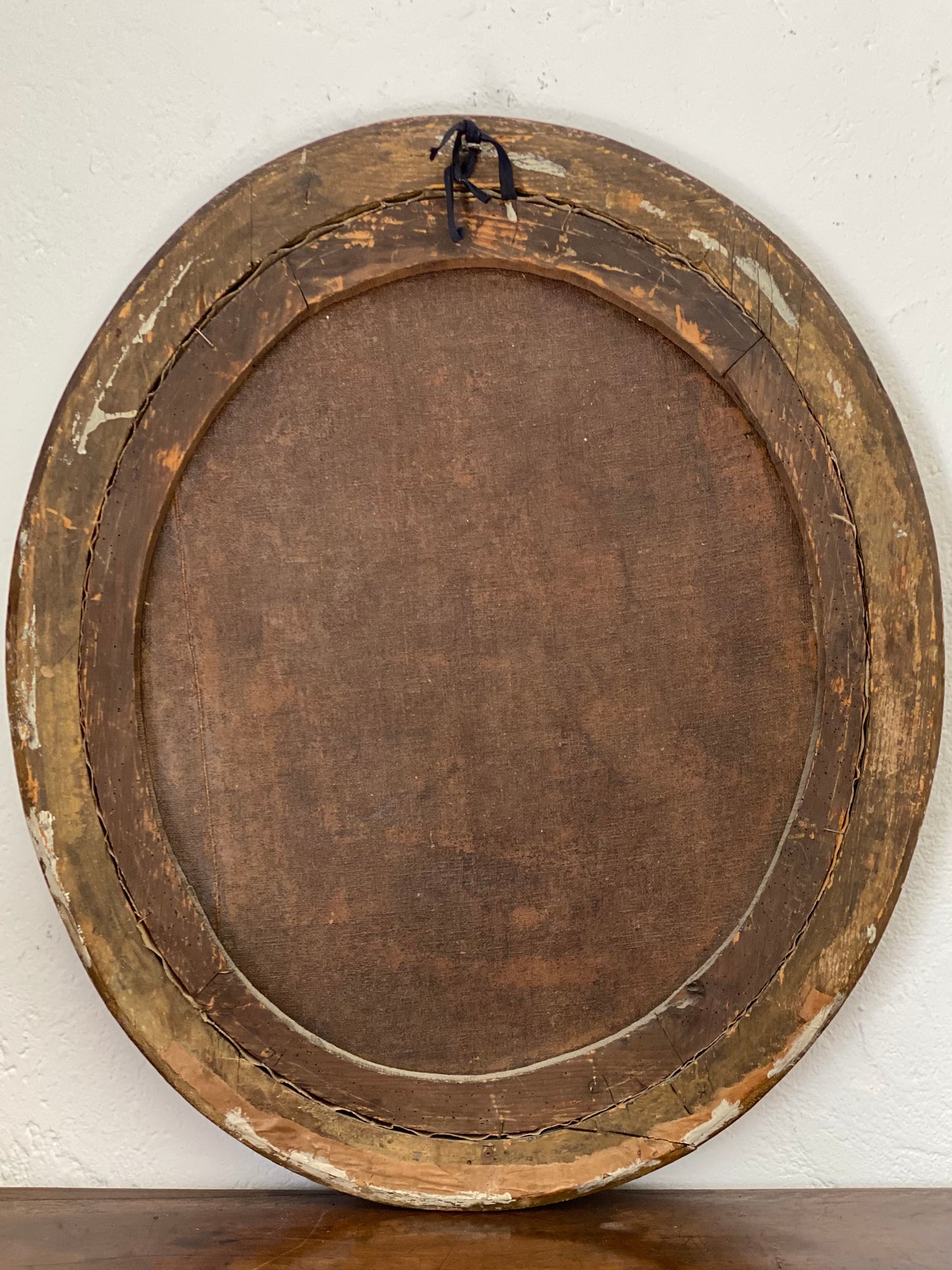
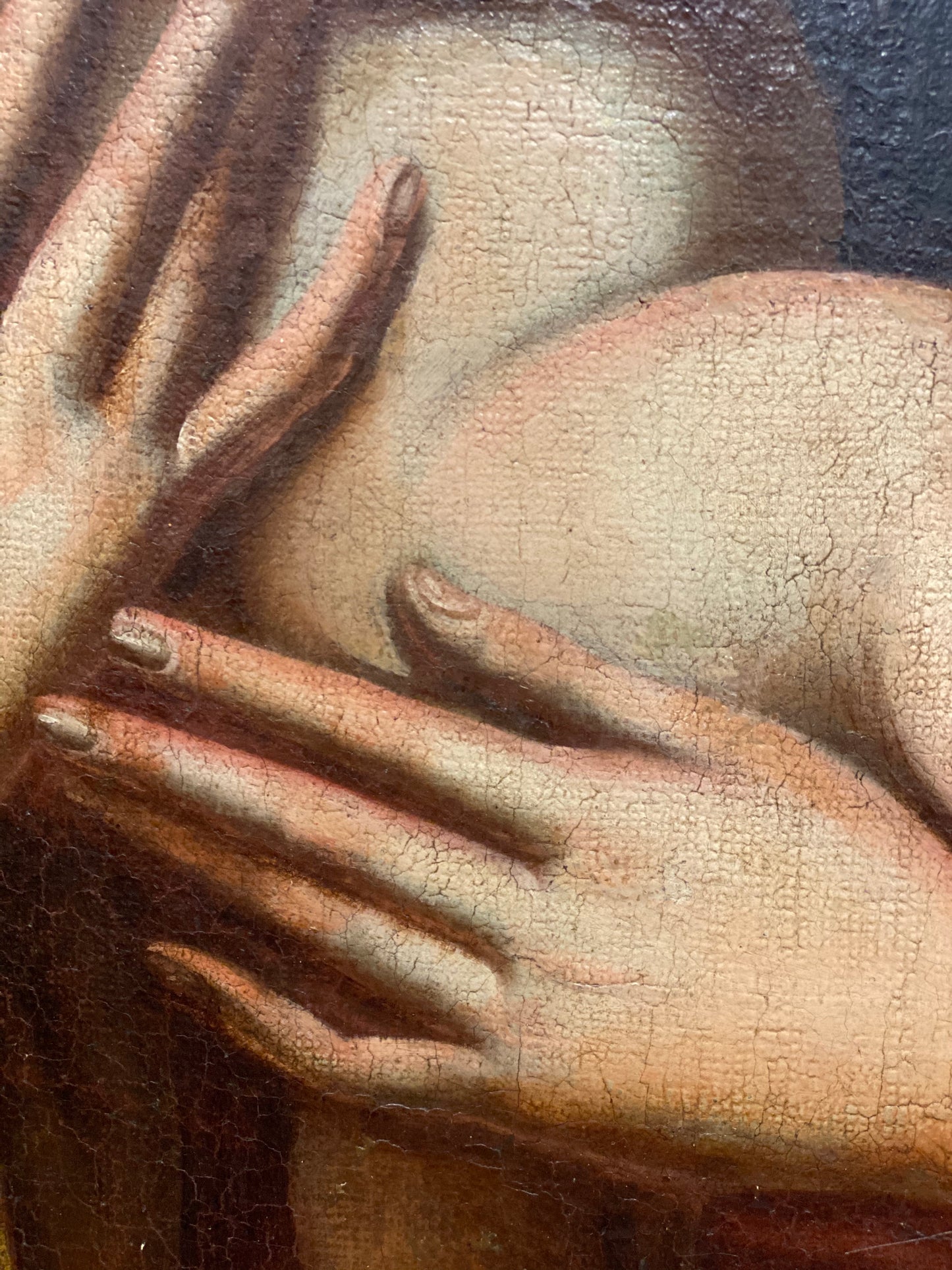
Frequently Asked Questions
Things to know
The items are in their natural state
All our pieces are authentic and retain the signs of time that tell their story. This means that they may present small imperfections, signs of wear or original patina, which for us are an integral part of their charm and uniqueness.
We restore on request
Unless explicitly requested, we leave the signs of time and imperfections intact, to preserve the authenticity and soul of the antique object. However, if you want a restoration intervention, our team of experts is at your disposal to evaluate together the most suitable solution.
We work only and exclusively by appointment
Our service is exclusive and personalized: we receive only by appointment to guarantee you our full attention. Contact us to arrange a meeting and discover our collection in complete tranquility.
How does transportation work?
We offer different transport solutions, depending on the size and delicacy of the item. We rely on specialized professionals to ensure that each piece arrives at its destination in perfect condition. Contact us for more details or to request a personalized quote
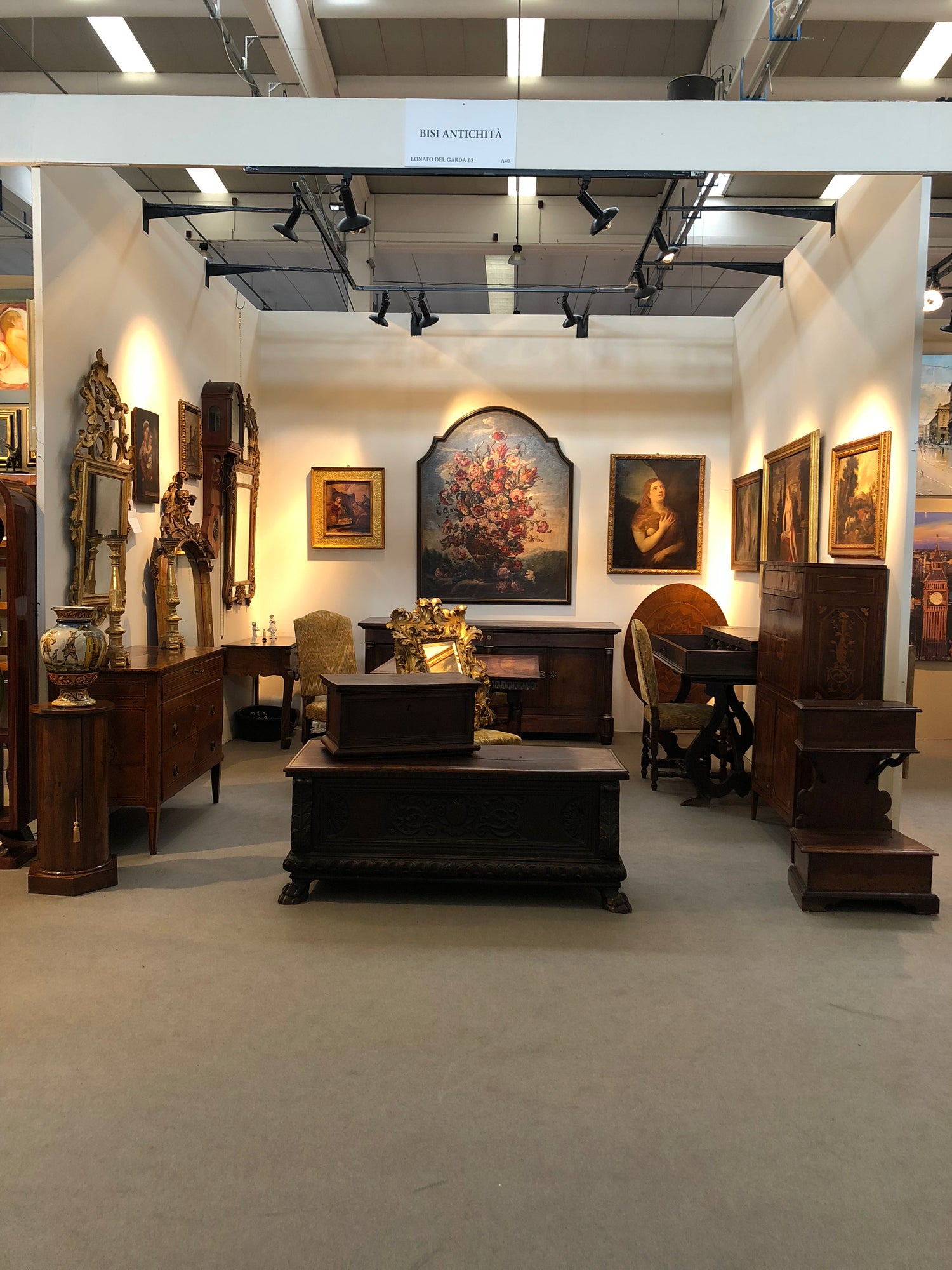
QUALITY AND PASSION FOR GENERATIONS
Since the mid-19th century, our family has been working wood with dedication, transforming a small workshop in Poggio Rusco into a reality rooted on Lake Garda. Since 2014 , we have moved away from the family tradition of furniture production, orienting ourselves towards the restoration and search for ancient treasures to offer to our customers, keeping intact the values of authenticity and quality.











